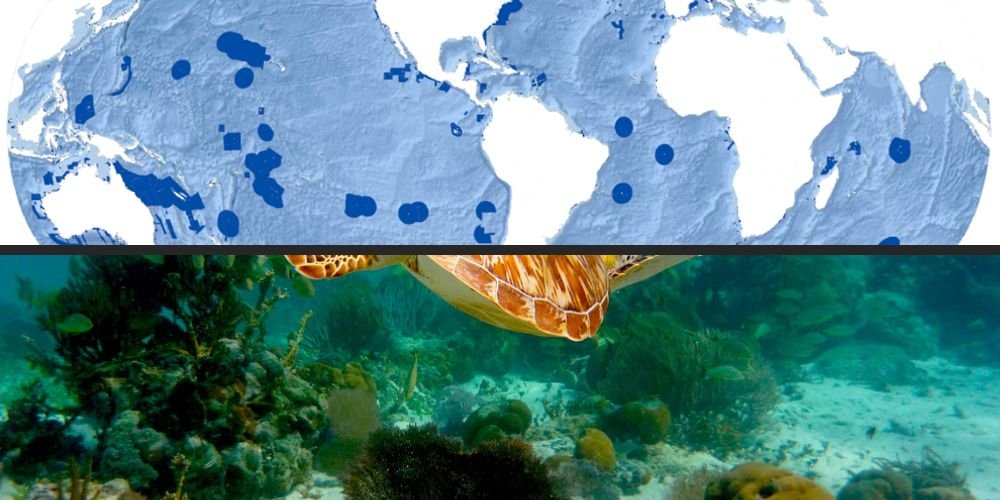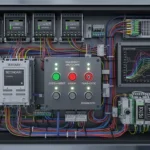Marine protected areas (MPAs) are vital tools for conserving marine biodiversity, preserving ecosystem integrity, and promoting sustainable use of ocean resources. These designated areas serve as sanctuaries for marine life, habitats, and ecosystems, providing essential benefits for nature and society. In this article, we explore the importance of marine protected areas, their role in marine conservation, and the challenges and opportunities they present for safeguarding the health of our oceans.
Understanding Marine Protected Areas
Marine protected areas are designated zones within the ocean where human activities are regulated to conserve biodiversity, protect habitats, and promote sustainable use of marine resources. These areas can vary in size, shape, and level of protection, ranging from small marine reserves to vast marine parks covering thousands of square kilometers. It may include diverse habitats such as coral reefs, seagrass beds, mangrove forests, and deep-sea ecosystems, each with unique ecological values and conservation needs.
Types of Marine Protected Areas
Marine protected areas can be classified into several categories based on their conservation objectives, management strategies, and levels of protection:
- Marine Reserves: Marine reserves are areas where all extractive activities, such as fishing, mining, and drilling, are prohibited or strictly regulated to conserve marine biodiversity and restore degraded habitats. These areas provide safe havens for marine species to reproduce, feed, and migrate without human disturbance.
- Marine Parks: Marine parks are multi-use areas that allow for various activities, including fishing, boating, and recreational activities, while protecting sensitive habitats and species. These areas are managed to balance conservation goals with sustainable use and enjoyment of marine resources.
- Marine Sanctuaries: Marine sanctuaries are special areas designated to protect specific marine habitats, species, or cultural heritage sites. These areas may include no-take zones, buffer zones, and restricted access areas to minimize human impacts and preserve unique marine ecosystems and cultural resources.
Benefits of Marine Protected Areas
Marine protected areas provide many ecological, economic, and social benefits for marine ecosystems and human communities.
Biodiversity Conservation
Marine protected areas are essential for conserving marine biodiversity and preserving the ecological balance of marine ecosystems. By providing refuge for threatened species, protecting critical habitats, and reducing anthropogenic pressures, MPAs help maintain healthy populations of marine organisms and promote ecosystem resilience to environmental changes.
Fisheries Management
Marine protected areas contribute to sustainable fisheries management by serving as fishery replenishment zones, where fish populations can recover and spill over into adjacent fishing grounds. By protecting spawning areas, nursery habitats, and migration routes, MPAs help maintain fish stocks, support local fisheries, and enhance the long-term viability of marine resources.
Coastal Protection
Marine protected areas play a crucial role in coastal protection by safeguarding shoreline habitats, such as coral reefs, mangroves, and seagrass beds, that provide natural buffers against coastal erosion, storm surges, and sea level rise. Healthy coastal ecosystems provide habitat for marine life and act as natural barriers that protect coastal communities from climate change and extreme weather events.
Challenges and Opportunities
Despite their importance, marine protected areas face numerous challenges, including funding constraints, inadequate enforcement, and the growing impacts of climate change.
Funding and Management
Securing adequate funding and resources for marine protected areas is essential for effective management, monitoring, and enforcement of conservation measures. Many MPAs suffer from limited financial support, insufficient staffing, and inadequate infrastructure, hindering their ability to achieve conservation goals and address emerging threats.
Stakeholder Engagement
Engaging stakeholders, including local communities, indigenous peoples, governments, and industry stakeholders, is critical for the success of marine protected areas. Collaborative management approaches that involve stakeholders in decision-making processes, resource allocation, and conflict resolution can foster stewardship, build support for conservation initiatives, and promote sustainable use of marine resources.
Climate Change Impacts
Climate change significantly threatens marine protected areas, altering ocean temperature, acidity, and circulation patterns and impacting marine biodiversity and ecosystem functioning. MPAs must adapt to changing environmental conditions, protect vulnerable habitats and species, and implement resilience-building measures to mitigate the impacts of climate change on marine ecosystems.
Conclusion
Marine protected areas are essential for conserving marine biodiversity, preserving ecosystem services, and promoting sustainable use of ocean resources. By designating and effectively managing protected areas, we can safeguard the health of our oceans, protect vulnerable habitats and species, and ensure the long-term viability of marine ecosystems for future generations. As we navigate marine conservation challenges, the journey towards creating and managing marine protected areas is guided by sustainability, collaboration, and stewardship, ensuring a healthier and more resilient marine environment for all.





